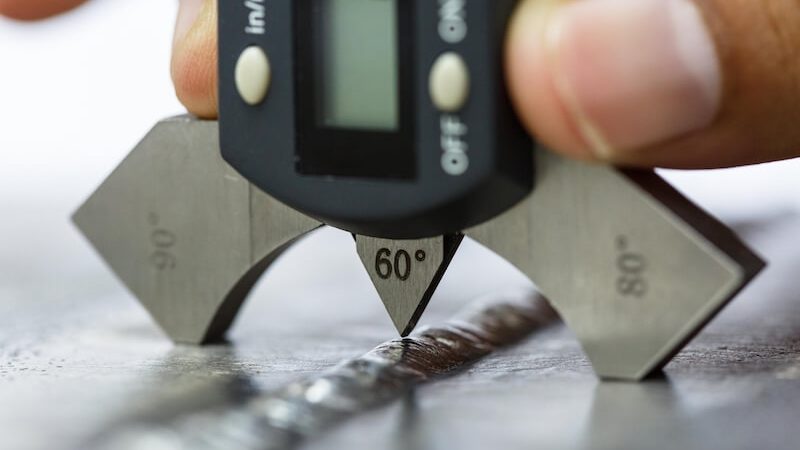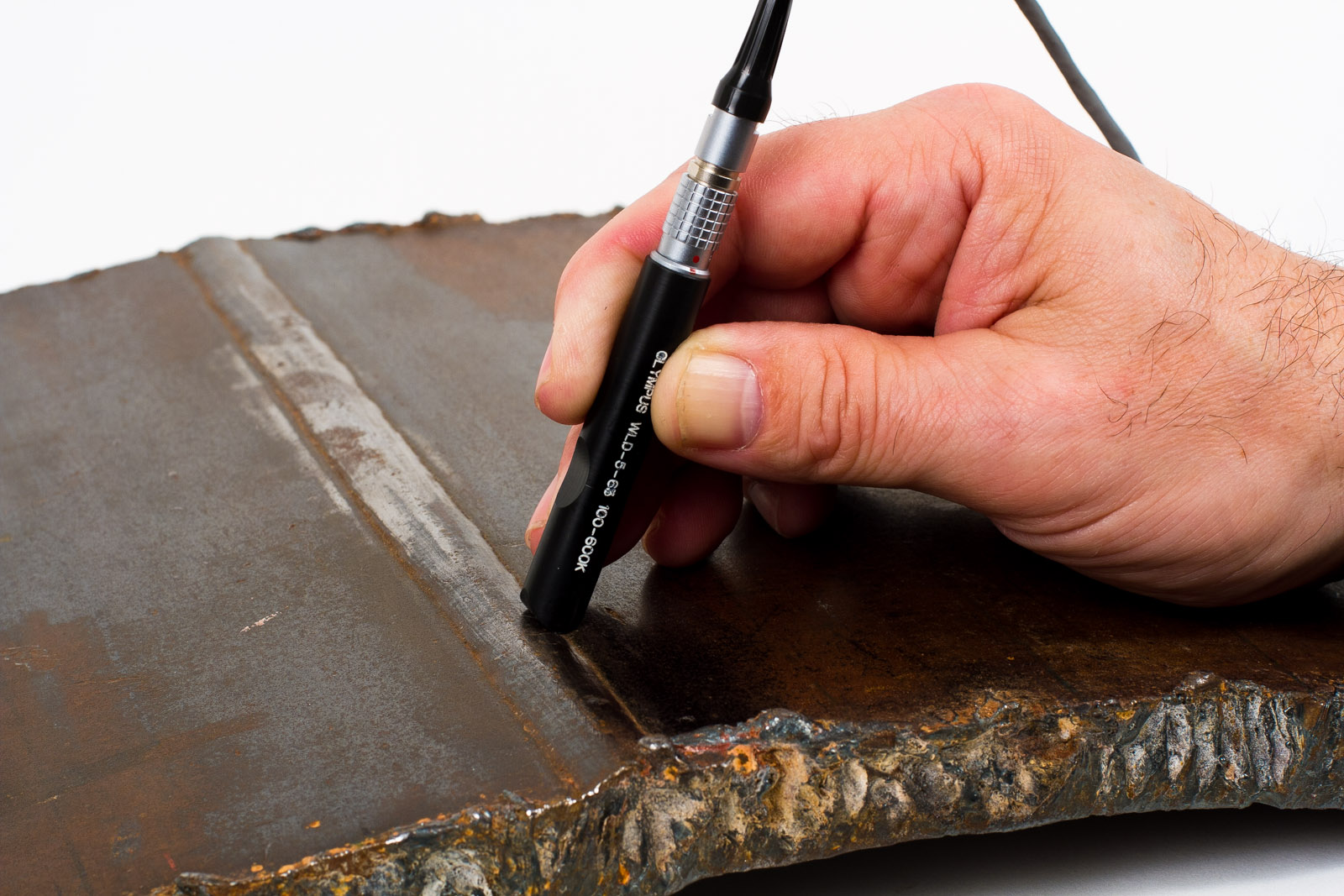How Welding Inspection Milwaukee Improves Structural Integrity
A Detailed List for Effective Welding Evaluation Practices
In the world of welding, the honesty of structures is paramount, necessitating an extensive method to assessment methods. A detailed checklist works as a vital device in guaranteeing adherence to market criteria, incorporating vital pre-welding, in-process, and post-welding analyses. By systematically attending to product verification, weld top quality, and extensive documents, companies can substantially enhance security and efficiency. What specific aspects should be prioritized in each stage to attain optimum results? Discovering these essential elements can produce understandings that profoundly influence welding operations.
Understanding Welding Requirements
Welding standards play an important role in ensuring the quality and safety of bonded structures and components. These criteria establish the criteria for materials, procedures, testing, and inspection, thereby supplying a structure for consistent quality control in welding procedures. Different companies, consisting of the American Welding Society (AWS), the International Company for Standardization (ISO), and the American Culture of Mechanical Designers (ASME), have actually created thorough requirements that control various elements of welding.
Understanding welding criteria is crucial for professionals in the area, as adherence to these guidelines minimizes the danger of defects and failures in bonded joints. These requirements cover certain needs for weld quality, consisting of acceptable resistances, the kind of welding techniques to be utilized, and the credentials needed for welders and examiners.

Pre-Welding Examination Actions
Prior to any welding procedure commences, an extensive pre-welding evaluation is important to determine possible concerns that might endanger the high quality of the weld. This initial step functions as a critical structure for making certain compliance with applicable welding codes and requirements.
The primary step in the pre-welding assessment is to confirm the materials being utilized. This includes checking for the correct kind and quality of steels as defined in the task documents. Next off, it is essential to examine the fit-up of the components to guarantee appropriate alignment and joint arrangement. Imbalance can lead to insufficient infiltration and structural weaknesses.
Furthermore, evaluating the sanitation of the surface areas is important; pollutants such as paint, corrosion, or oil can detrimentally influence the high quality of the weld. Following this, a detailed evaluation of the welding tools need to be performed, ensuring that it is calibrated and in excellent functioning condition.
Lastly, assessing the credentials of the welding employees is vital. Welders must possess the essential qualifications and experience to perform the certain welds needed for the project. By sticking to these pre-welding evaluation actions, the likelihood of problems and failings in the final weld can be significantly lowered.

In-Process Examination Techniques
In-process assessment strategies play a crucial role in ensuring the stability and quality of welds as they are being implemented. These strategies permit inspectors to identify defects or deviations from specs in actual time, consequently making certain and stopping pricey fixings adherence to layout requirements.
One key method entails aesthetic inspection, where examiners assess the weld grain for harmony, penetration, and proper profile. This can be enhanced by the use assesses to gauge weld measurements, guaranteeing compliance with have a peek at these guys fixed tolerances. Additionally, the implementation of non-destructive testing (NDT) approaches, such as ultrasonic testing or magnetic bit screening, throughout the welding procedure can reveal subsurface imperfections that might not be visible externally.
Another crucial aspect is checking welding criteria, consisting of voltage, amperage, and take a trip speed. Consistency in these specifications is essential for achieving ideal weld high quality. Documenting these specifications throughout the welding operation supplies a traceable record for future recommendation.
Training workers in correct examination strategies and the use of proper devices enhances the performance of in-process inspections. By incorporating these practices, companies can achieve higher high quality welds, reduce rework, and eventually guarantee the safety and integrity of welded structures.
Post-Welding Top Quality Checks
Adhering to the completion of welding operations, post-welding top quality checks are important to validate that the welds meet all defined standards and demands. These checks are crucial for making certain the stability and toughness of the bonded joints. The evaluation procedure usually starts with a visual evaluation, assessing for surface area problems such as fractures, porosity, or insufficient blend.
Subsequently, non-destructive screening (NDT) methods, such as ultrasonic screening, radiographic screening, or magnetic fragment screening, may be employed to find interior flaws that are not visible to the naked eye. Each approach has its one-of-a-kind benefits and is picked based on the weld's place, material type, and the nature of the application.
Evaluating the mechanical buildings of the weld, consisting of tensile stamina and ductility, can supply additional assurance of performance under operational conditions. On the whole, comprehensive post-welding evaluations are vital for preserving adherence, safety, and performance to regulative and sector standards.
Documents and Reporting
How can effective paperwork and reporting improve the welding assessment procedure? Precise documentation and extensive coverage are crucial components that ensure the honesty and top quality of welding procedures. Welding Inspection Milwaukee. They work as an official record of assessment findings, promoting responsibility and traceability in compliance with industry criteria

A well-structured coverage system allows assessors to plainly communicate any locations, disparities, or non-conformances requiring enhancement. This openness promotes a setting of continuous improvement, visite site as stakeholders can conveniently examine previous performance and apply corrective activities.
Furthermore, effective paperwork includes detailed records such as welding treatment specifications (WPS), welder qualifications, and assessment checklists. These components supply a structure for assessing weld quality and adherence to important source established guidelines. In the event of conflicts or top quality issues, detailed paperwork acts as a reputable reference, decreasing uncertainty and safeguarding all celebrations entailed.
Last but not least, preserving arranged documents aids in training and certifying workers, making certain that sector best techniques are upheld. Ultimately, meticulous paperwork and reporting not only enhance the welding evaluation process however also add to the general security and reliability of welded frameworks.

Final Thought
Finally, a thorough list for efficient welding evaluation methods is essential for making sure high quality and security in bonded frameworks. Adherence to developed welding standards, precise pre-welding evaluations, rigorous in-process assessments, and comprehensive post-welding top quality checks jointly add to the honesty of bonded joints. Furthermore, attentive documents and reporting of assessment searchings for boost responsibility and assist in continuous improvement. Applying these techniques will dramatically aid in conformity with market standards and inevitably cultivate a culture of top quality in welding operations.
Welding criteria play an important duty in guaranteeing the high quality and security of welded parts and frameworks. Various organizations, consisting of the American Welding Culture (AWS), the International Company for Standardization (ISO), and the American Society of Mechanical Designers (ASME), have developed thorough criteria that govern various elements of welding.
Following the conclusion of welding procedures, post-welding top quality checks are essential to verify that the welds meet all specified needs and standards - Welding Inspection Milwaukee.In verdict, a thorough checklist for reliable welding evaluation techniques is crucial for making sure high quality and security in welded structures. Adherence to established welding standards, thorough pre-welding evaluations, rigorous in-process examinations, and detailed post-welding top quality checks collectively contribute to the stability of welded joints